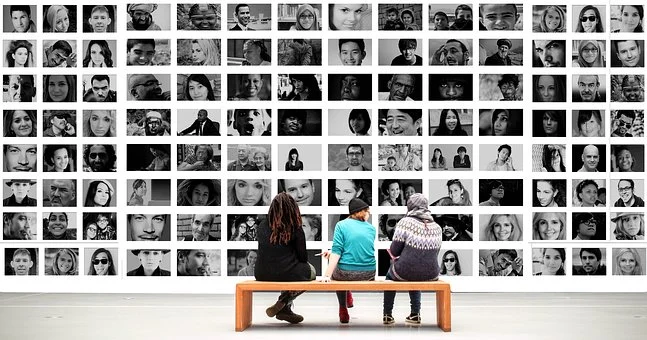Sexual Violence Prevention
Sexual violence is a big public health problem, especially for people under 18.
The National Intimate Partner and Sexual Violence Survey shows:
- 1 in 2 women and 1 in 4 men experience sexual violence in their lifetime.
- Sexual violence often happens to young people and is usually done by someone they know.
- Teens who experience sexual violence may face it again as adults.
Several organizations in Texas work together to prevent sexual violence before it starts. These include:
- DSHS;
- The Office of the Attorney General;
- Texas Association Against Sexual Assault (TAASA);
- and Sexual Assault Programs.
They receive funding from the Rape Prevention and Education Program (RPE). This funding helps support prevention efforts.
- Encourage social norms that prevent violence;
- Make environments safer; and
- Provide opportunities for girls and young women to succeed.
Key Prevention Areas:
- Positive Youth Development: A key to prevention is helping young people grow in a healthy way.
- Changing Environments: Prevention programs focus on changing:
- social;
- cultural; and
- physical environments to lower the risk of violence.
- Making Change: Sexual assault programs collect data to track their progress.
- Texas organizations focused on community-level strategies and using the following core components:
What Texas Programs Do:
Texas organizations use strategies at the community level. They focus on activities like:
Approved Activities
- Hosting educational seminars;
- Offering professional training;
- Creating informational materials; and
- Providing training for students and staff on college campuses.
Community Change Strategies:
- Building coalitions;
- Mobilizing communities; and
- Educating about policies.
For community-level strategies, RPE organizations use the following core components of community-level work:

- Understand Your Community – Learn how it works and its readiness for change.
- Build Relationships – Create respectful and inclusive connections within the community.
- Involve Youth – Encourage young people to lead and guide the programs.
- Create Supportive Environments – Promote open communication where everyone's opinions are valued.
- Collaborate – Work together to understand and prevent violence. This includes:
- Sexual violence;
- Partner violence; and
- Bullying. These problems often share similar causes.
- Take Action – Support community projects that match their readiness to make changes.
- Promote Leadership – Encourage shared decision-making and celebrate progress to create sustainable change.
Other Agencies Working to End Violence Include
- Health and Human Services Commission (HHSC) – HHSC runs programs to stop violence. One is the Family Violence Program.
- Texas Association Against Sexual Assault (TAASA) – AASA aims to prevent sexual violence. It provides education, training, and support to do this.
- Texas Council on Family Violence (TCFV) – TCFV promotes safe and healthy relationships. It supports service providers. It works on strategic prevention efforts. It creates opportunities for freedom from domestic violence.
The Texas Department of State Health Services does not endorse external links to other websites or documents created by other agencies. These links and documents are informational and may not be accessible to persons with disabilities.